
I was invited to attend the NSF Design Series Workshop called “Interdisciplinary Graduate Design Workshop: Instruction”, on August 28 – 29 at Stanford University. Participants have different backgrounds across mechanical engineering and engineering education to architecture and psychology. I am one of few participants from the business field. Information below might be of help to those who want to take a glimpse what this workshop looks like.
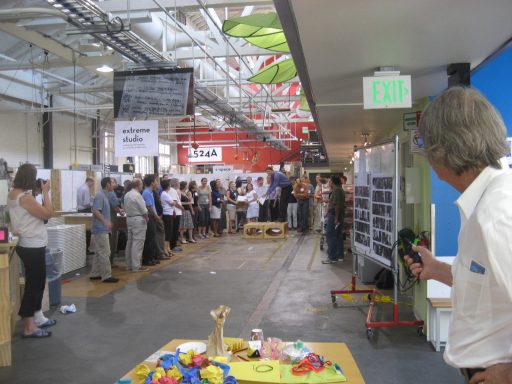
List of participants
Biographical sketches of participants
Participants submitted their courses in advance and made a list of the graduate-level, interdisciplinary design courses available now. I am personally amazed by the width of this area. Here are some examples (see the full list: The collected design courses).
[*=course taught by others]
Leadership By Design – Design By Collaboration Processes for Illuminating and Expanding the Box (submitted by Bruce Corson, Studio for Pre-Expert Creativity)
Designing Day One Securing a Space for Creative Collaboration (submitted by Bruce Corson, Studio for Pre-Expert Creativity)
Rube Goldbergineering (submitted by Shawn Jordan, Purdue University)
ARCH 497c DigiFAB (submitted by David Celento, Pennsylvania State University)
ARCH 497D X-Disciplinary Creativity: Smart Products for Tomorrow (submitted by David Celento, Pennsylvania State
University)
ARTGR 672 Graphic Design & Human Interaction (submitted by Sun Kang, Iowa State University)
ARTGR 672 (HCI595X) Human Interaction Design: Design for Behavioral Change (submitted by Debra Satterfield, Iowa State University)
BUS Design and Systems Thinking for MBAs (submitted by Sara Beckman, University of California, Berkeley)
BUS Design as a Strategic Business Issue (submitted by Sara Beckman, University of California, Berkeley*)
BUS Innovation, Creativity and Entrepreneurship (submitted by Sara Beckman, University of California, Berkeley*)
BUS Design Practicum, New Product and Services Lab (submitted by Jaewoo Joo, Rotman School of Management, University of Toronto*)
BUS Innovation, Foresight, and Business Design (submitted by Jaewoo Joo, Rotman School of Management, University of Toronto*)
BUS Strategic Product Design for MBA students (submitted by Mark Henderson, Arizona State University)
CEE222A: Computer Integrated Architecture/Engineering/Construction (AEC) Global Teamwork (submitted by Renate Fructer, Stanford University)
 DESCI 501 Analytical Product Design (submitted by Panos Papalambros, University of Michigan)
DESCI 501 Analytical Product Design (submitted by Panos Papalambros, University of Michigan)
(Design) Exhibition (submitted by Wendy Ju, California College of Arts)
(Design) Interaction Design Studio (submitted by Wendy Ju, California College of Arts)
(Design) Pulse. Topic studio (submitted by Wendy Ju, California College of Arts)
DSC 520 Contemporary Design Issues (submitted by Jacques Giard, Arizona State University)
DSC 580 Practicum: Methods of Teaching Design (submitted by Jacques Giard, Arizona State University)
DSGN 401-1 Human-Centered Design Studio 1 (submitted by Ed Colgate, Northwestern University)
DSGN 401-3: The design of services and products (submitted by Don Norman, Northwestern University)
DSGN 401-3 Human Centered Service Design (submitted by Liz Gerber, Northwestern University)
DSGN 495-20 Design Research (submitted by Ed Colgate, Northwestern University*)
DSGN 495-05 Differentiation by Design (submitted by Ed Colgate, Northwestern University*)
DSGN 495-21 Sustainable Manufacturing (submitted by Ed Colgate, Northwestern University*)
DSGN 495 Innovation Frontiers (submitted by Ed Colgate, Northwestern University*)
DSGN 490: Introduction to Product and Service Design (submitted by Don Norman, Northwestern University)
DSGN 495: Advanced Reading in Design (submitted by Don Norman, Northwestern University)
ENE Design Cognition and Learning (submitted by Robin Adams, Purdue University)
ENE History and Philosophy of Engineering Education (submitted by Robin Adams, Purdue University)
ENE Content, Assessment, and Pedagogy (submitted by Shanna Daly (Michigan), Purdue University)
ENME 600 Engineering Design Methods (submitted by Linda Schmidt, University of Maryland)
ENME608 Engineering Decision Making (submitted by Linda Schmidt, University of Maryland*)
GE598 Optimal Product Design and Development (submitted by Harrison Kim, UIUC)
HER—V 511 People-Centered Design Research (submitted by Youngbok Hong, Indiana University)
HER—V 521 Method for Design Analysis (submitted by Youngbok Hong, Indiana Univer)
INFO I541: Interaction Design Practice (submitted by Marty Siegel, Indiana University)
INFO I694: Capstone I & II (submitted by Marty Siegel, Indiana University)
ME 310A: Project-Based Engineering Design, Innovation, and Development (submitted by Micah Lande, Stanford University*)
ME 341 Computational Methods for Engineering Design (submitted by Wei Chen, Northwestern University)
ME 441 Engineering Optimization for Product Design and Manufacturing (submitted by Wei Chen, Northwestern University)
ME 461 Integrated Product Development: Design (submitted by Duke Perreira, Lehigh University)
ME 462 Integrated Product Development: Manufacturing (submitted by Duke Perreira, Lehigh University)
ME 495– Advanced Computational & Statistical Methods for Engineering Design (submitted by Wei Chen, Northwestern University)
PSED510 Predictive Science and Engineering Design Interdisciplinary Cluster Seminar (submitted by Wei Chen, Northwestern University)
ME 518: Concurrent Design of Product (submitted by Ping Ge, Oregon State University)
ME 290 Managing the New Product Development Process: Design Theory and Methods (submitted by Sara Beckman)
ME 555 / MFG 555 – Design Optimization (submitted by Panos Papalambros, University of Michigan)
ME 5353 Fundamentals of Transdisciplinary Design and Process (submitted by Derrick Tate, Texas Tech University)
ME 5355 Complexity Theory for Transdisciplinary Engineering and Science (submitted by Derrick Tate, Texas Tech University)
ME 53XX Transdisciplinary Discovery and Innovation for Engineers (submitted by Derrick Tate, Texas Tech University)
ME 520 Computer-Aided Design and Manufacturing (CAD/CAM) (submitted by April Bryan, Rose-Hulman Institute of
Technology*)
MG 590 Integrated Project (submitted by April Bryan, Rose-Hulman Institute of Technology*)
MG 461 Multidisciplinary, Entrepreneurial Design I: Capture the Vision (submitted by April Bryan, Rose-Hulman Institute of Technology*)
MG 462 Multidisciplinary, Entrepreneurial Design II: Expand the Concept (submitted by April Bryan, Rose-Hulman Institute of Technology*)
MG 463 Multidisciplinary, Entrepreneurial Design III: Deliver the Product (submitted by April Bryan, Rose-Hulman Institute of Technology*)
MG 537 Organizational Theory and Management (submitted by April Bryan, Rose-Hulman Institute of Technology*)
MS&E 273 – 273. Technology Venture Formation (submitted by Lauren Acquino Shulzas, Stanford University, Teaching Assistant)
PDES Design Research (submitted by Alison McKay , University of Leeds)
(Music) Physical Interaction Design for Music (submitted by Wendy Ju, Stanford)
PDES Multidisciplinary team design projects (submitted by Alison McKay , University of Leeds)
PDES Design Policy & Integration (submitted by Alison McKay , University of Leeds*)
PDES Product data engineering (submitted by Alison McKay , University of Leeds*)
STS 6961: Design Seminar (submitted by Dean Nieusma, Rensselaer Polytechnic University)
**
This was the fourth workshop of the Interdisciplinary Graduate Design Workshop Series. The first one was about “the Design Discipline“ (@ University of Michigan, November 2008), the second one was about “Spanning Design Boundaries” (@ Northwestern University, April 2009), and the third one was about “Research Challenges” (@ Honolulu, June 2009).

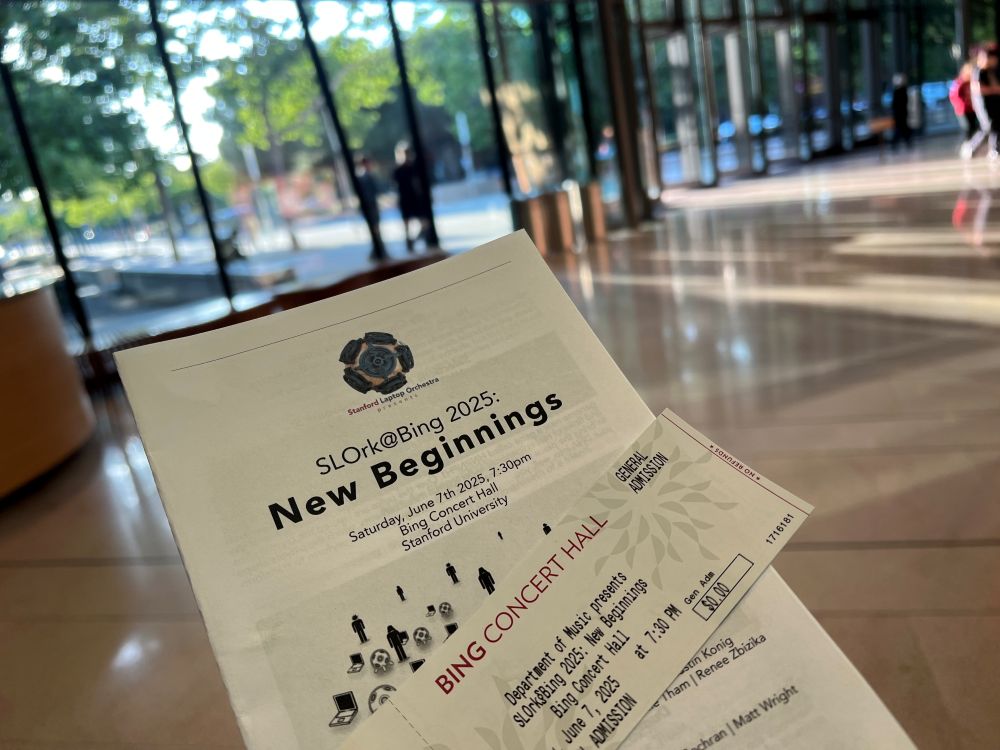
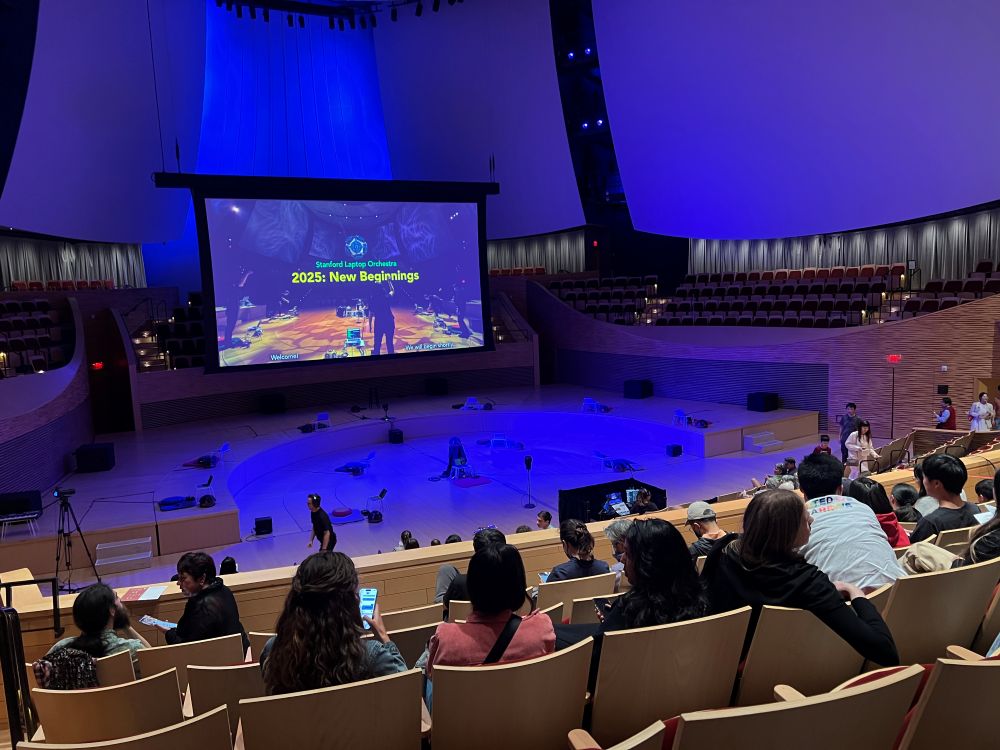
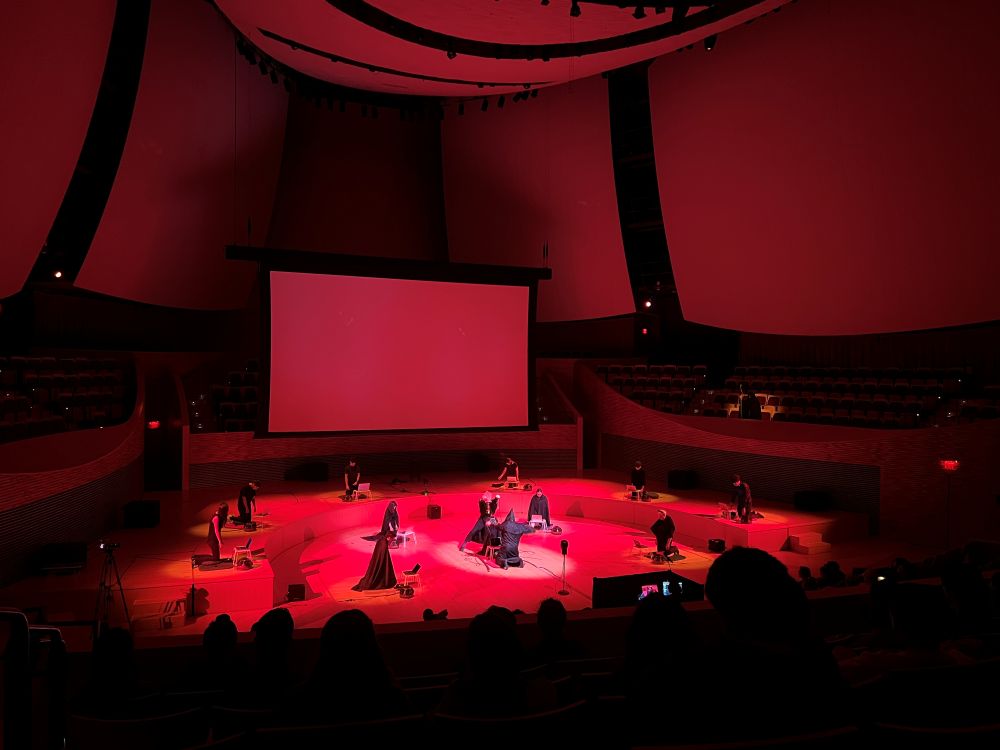

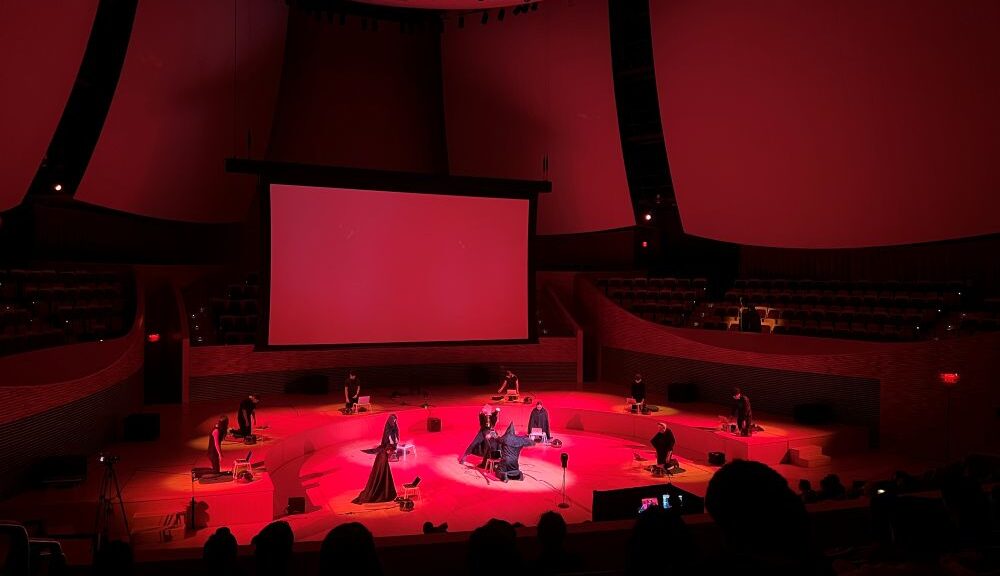

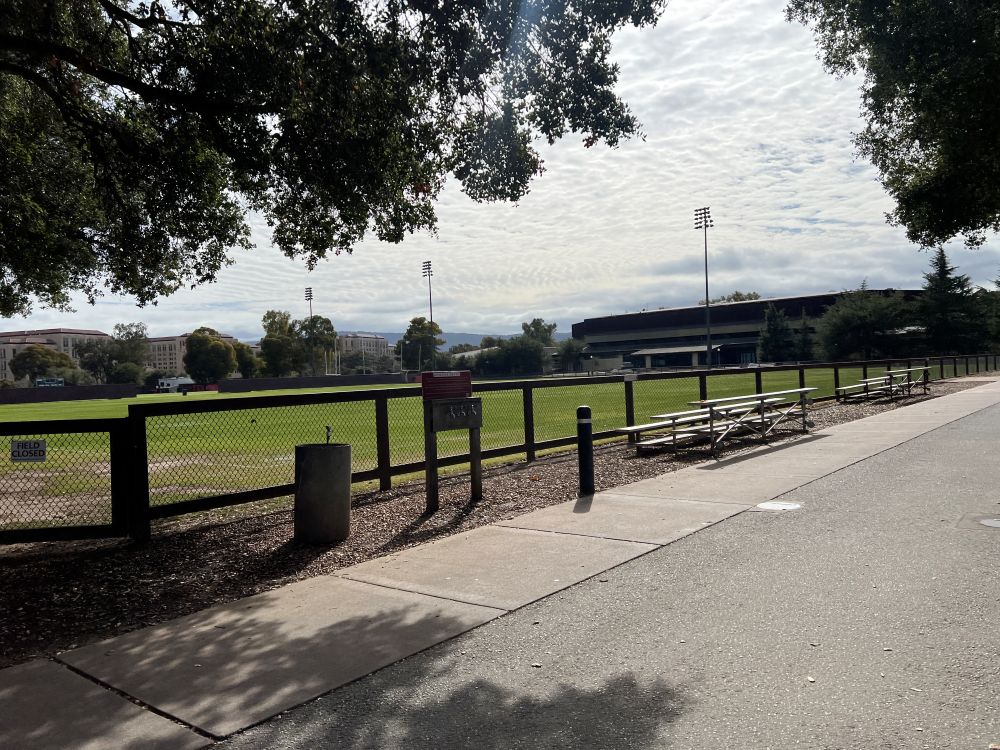




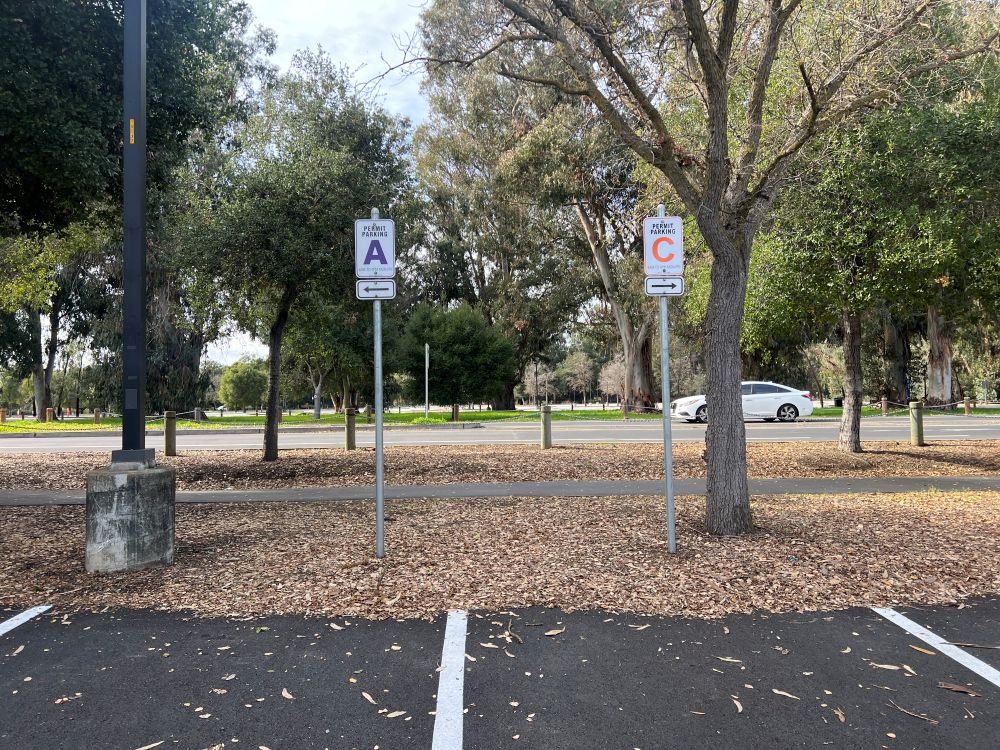
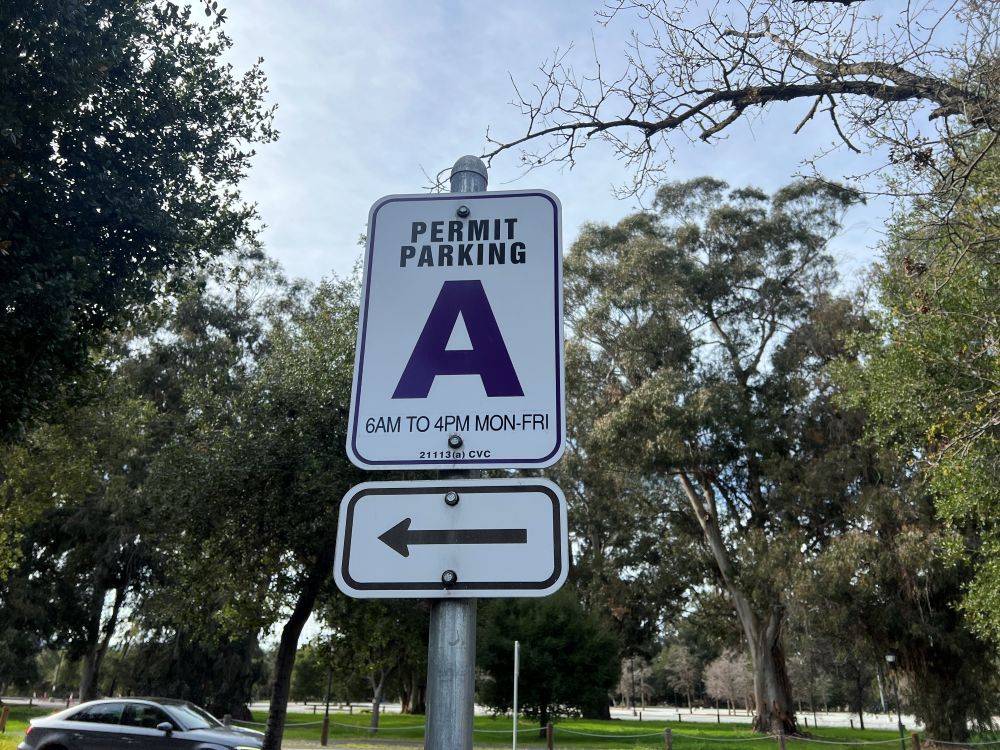



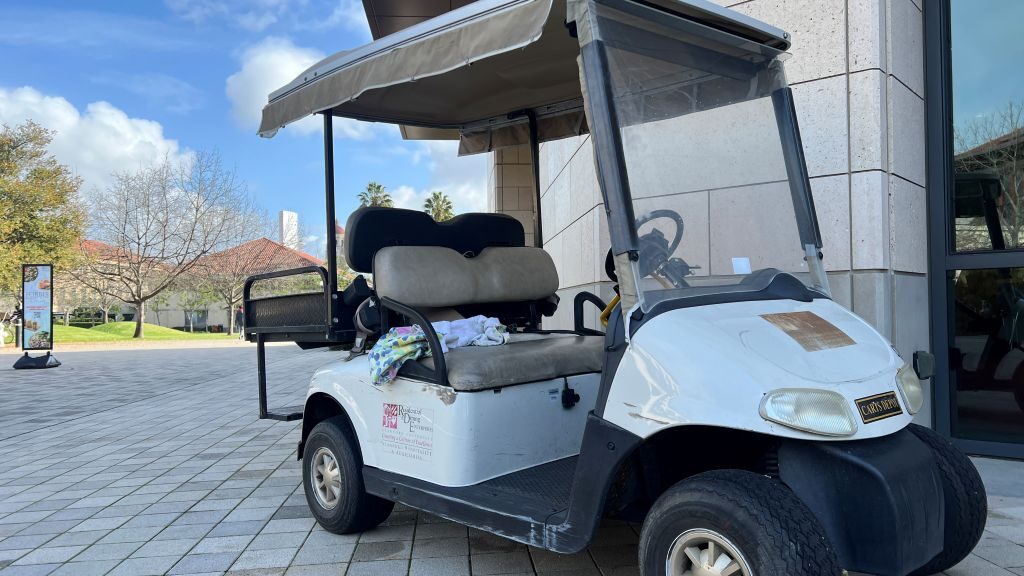
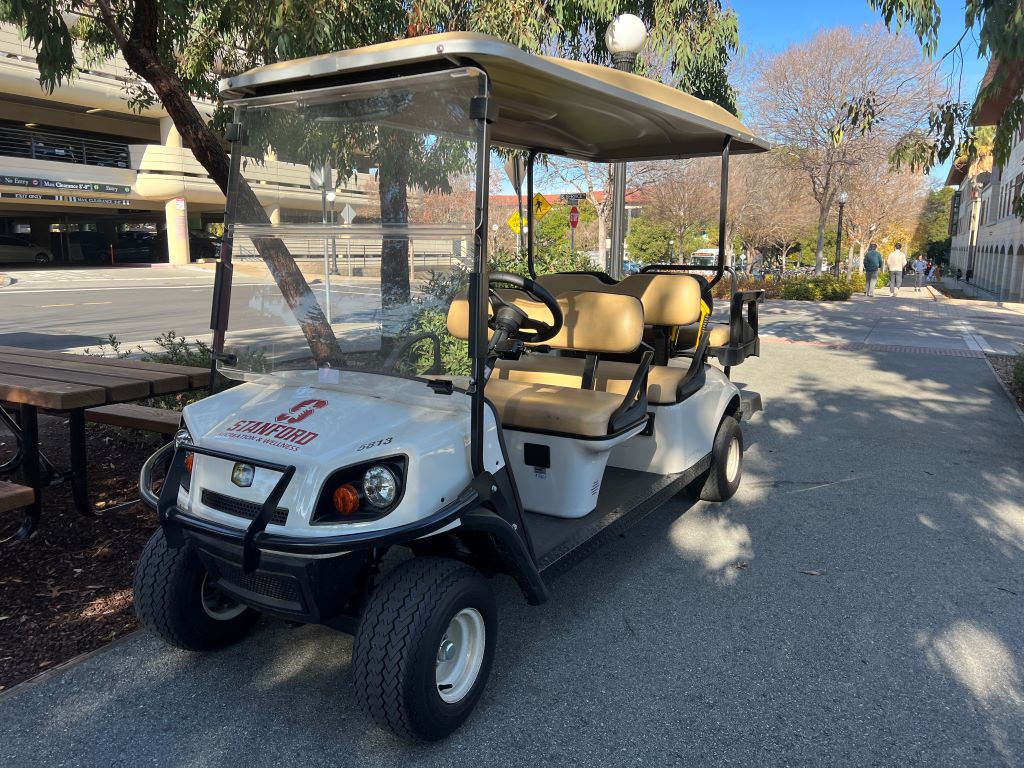
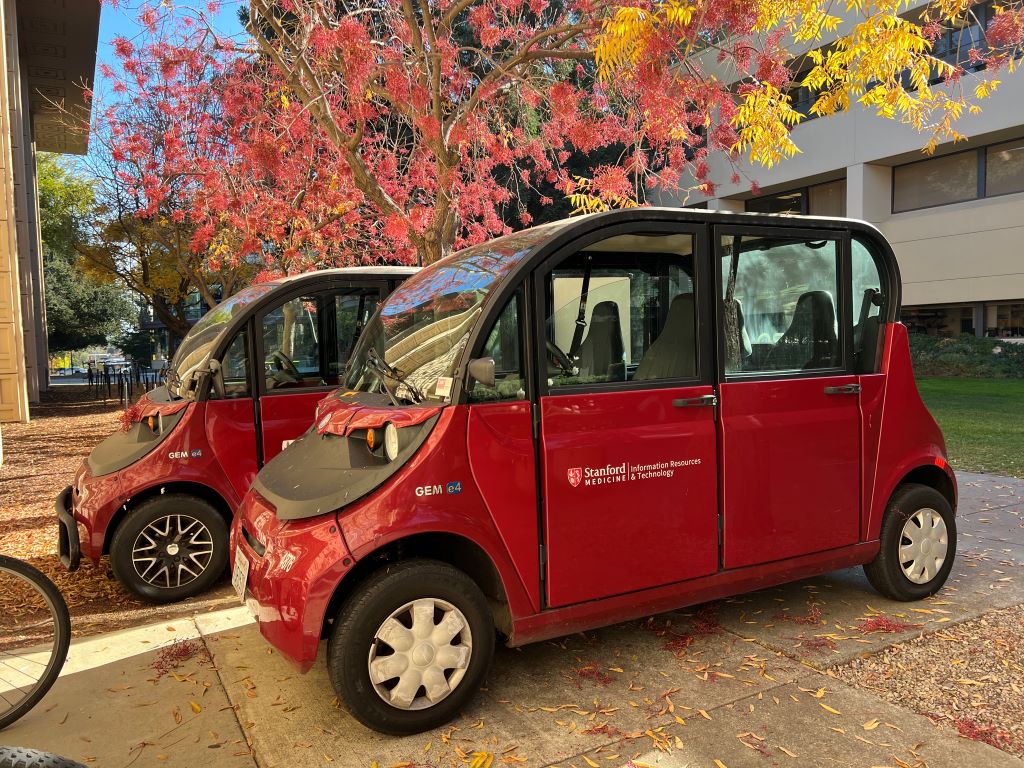

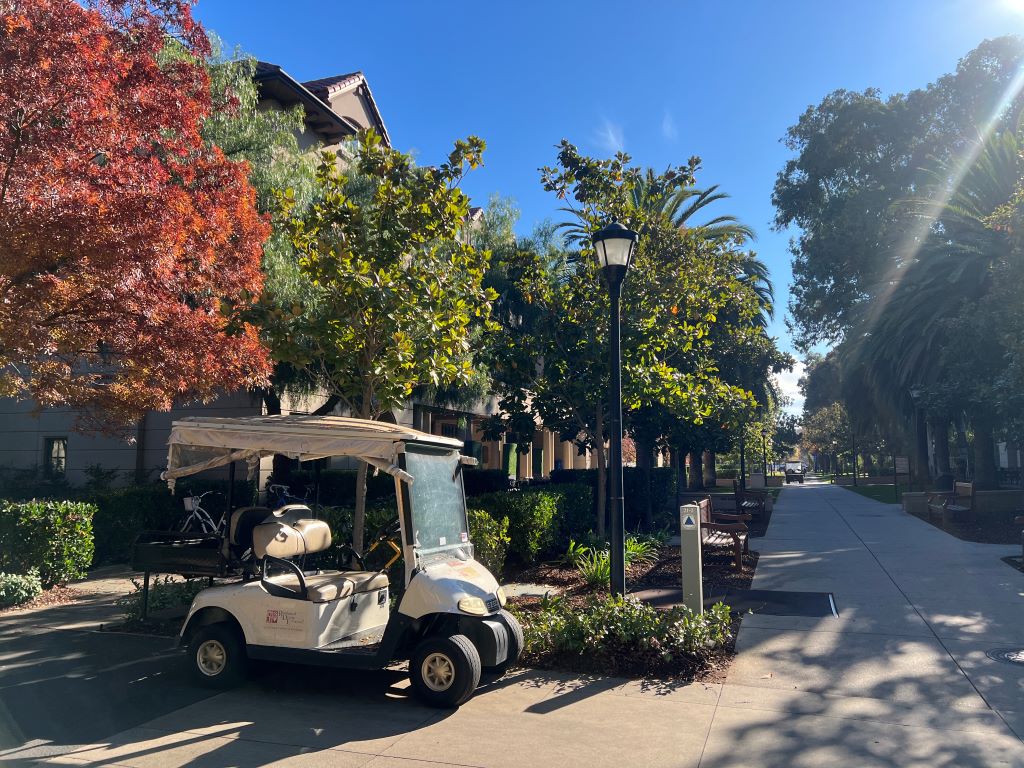
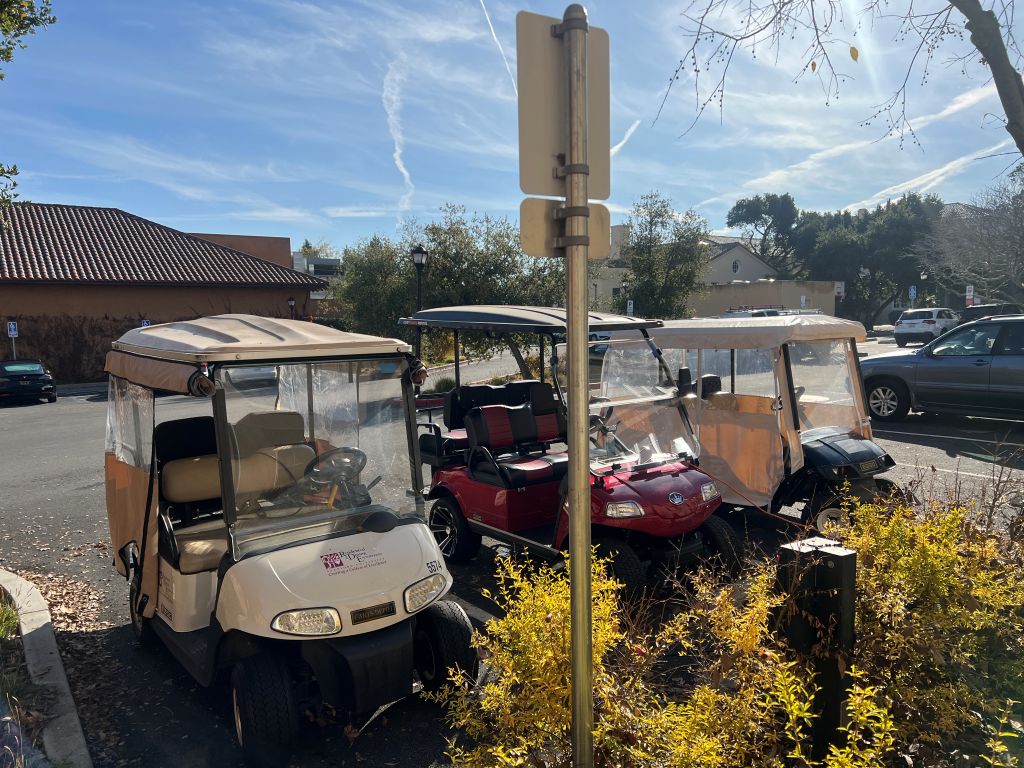


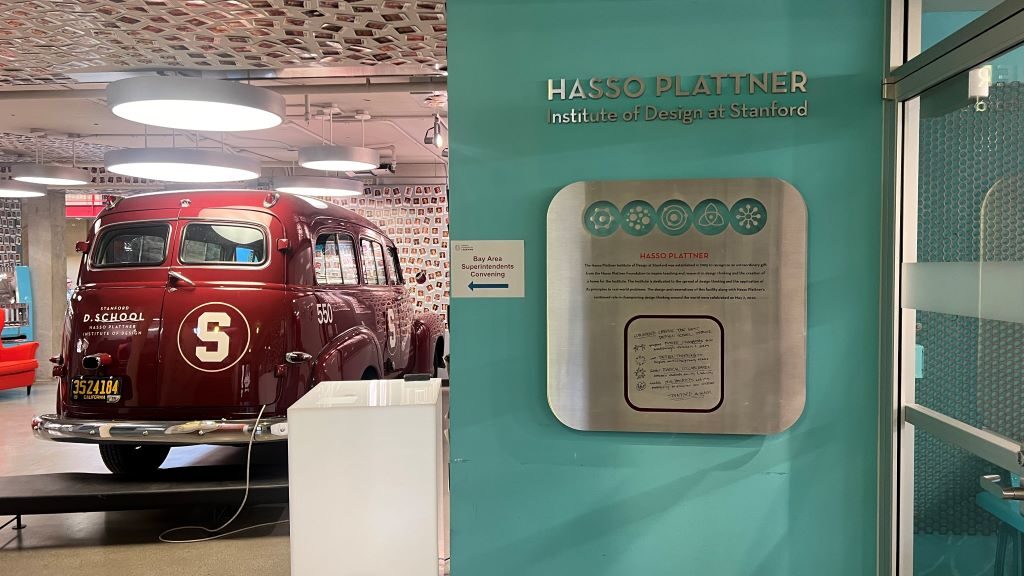


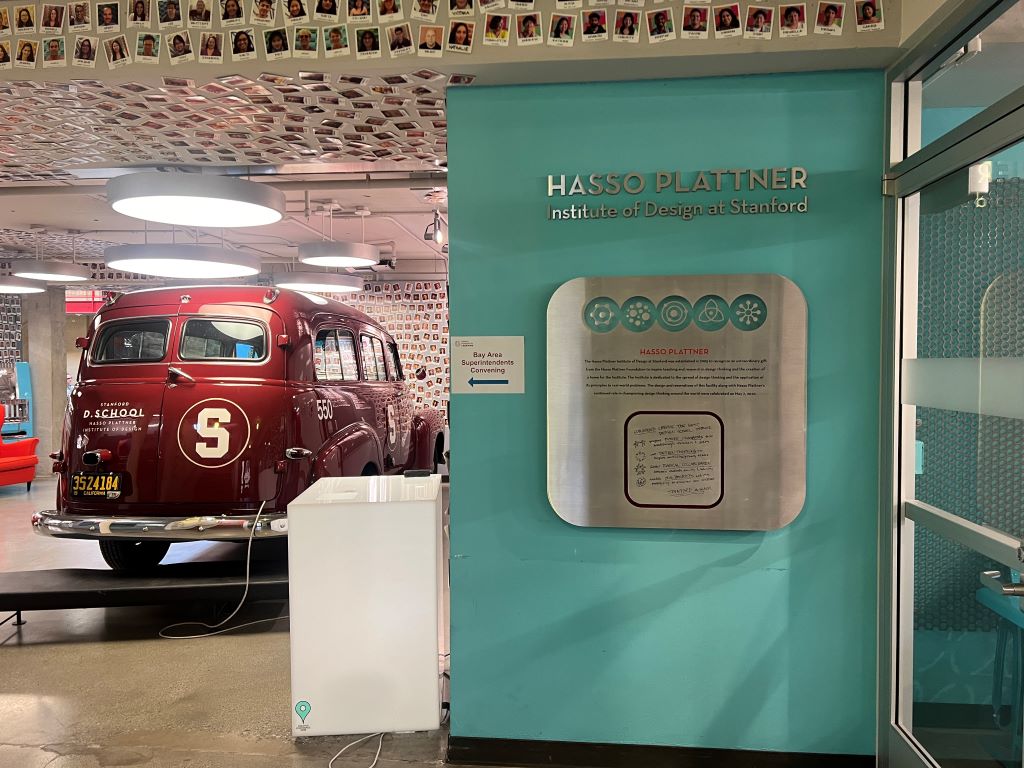



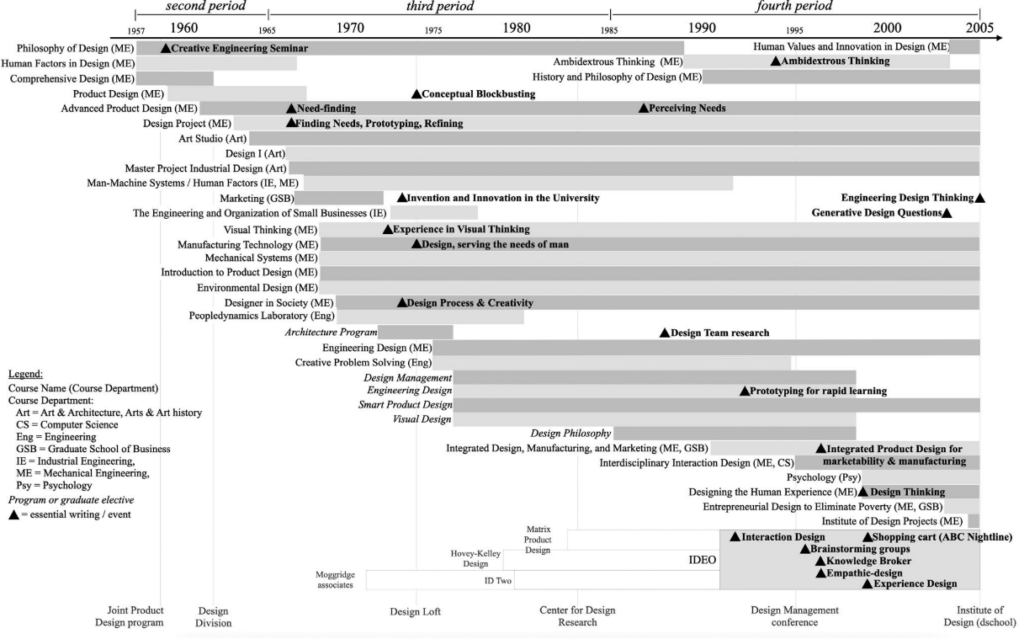
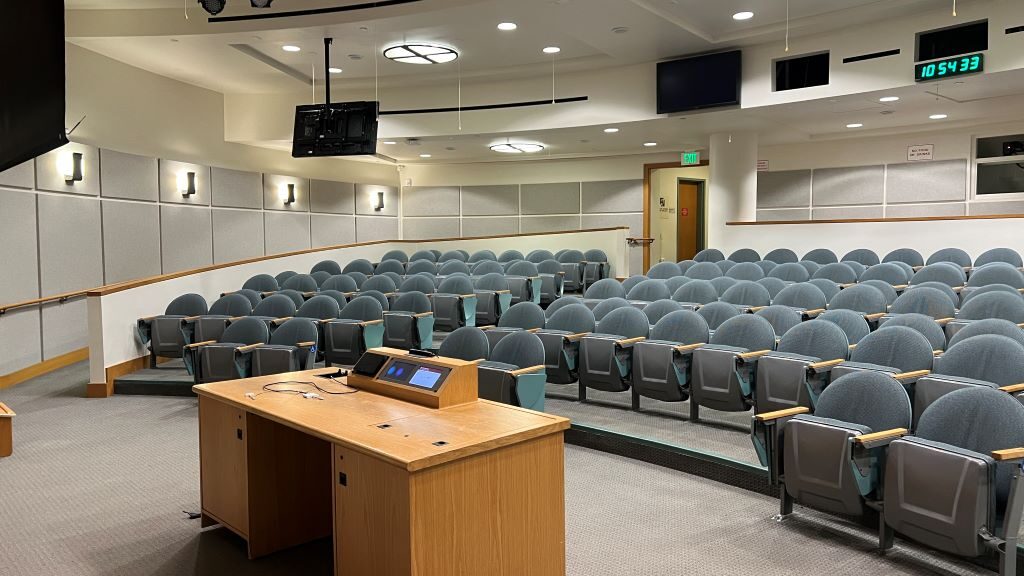
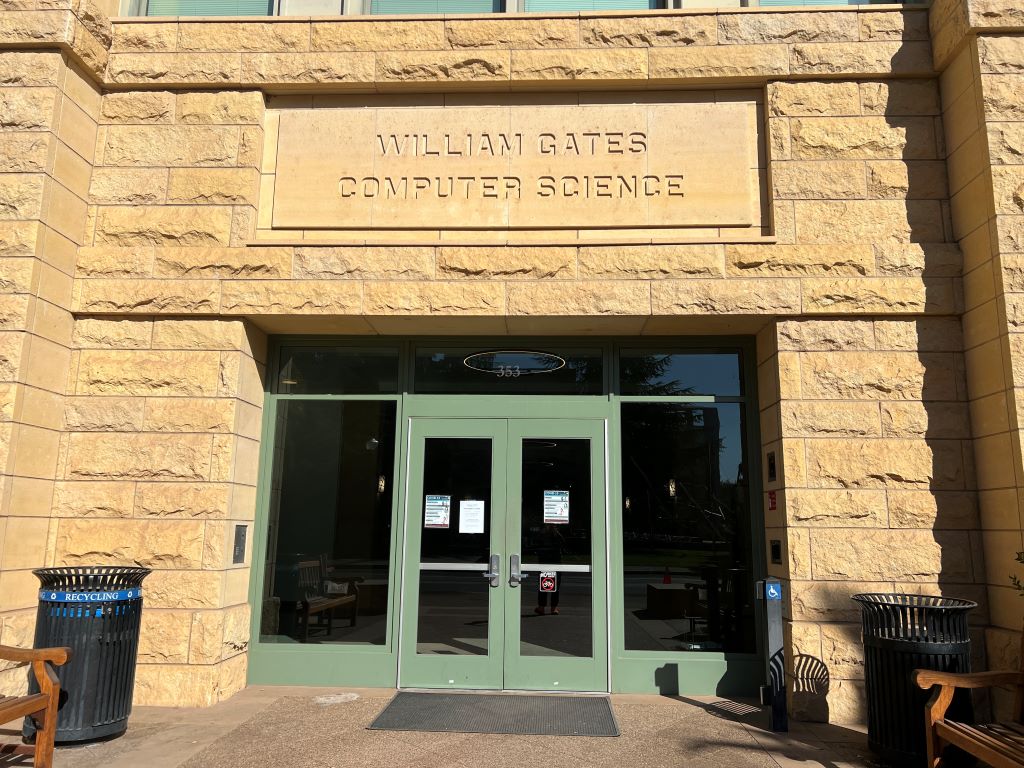
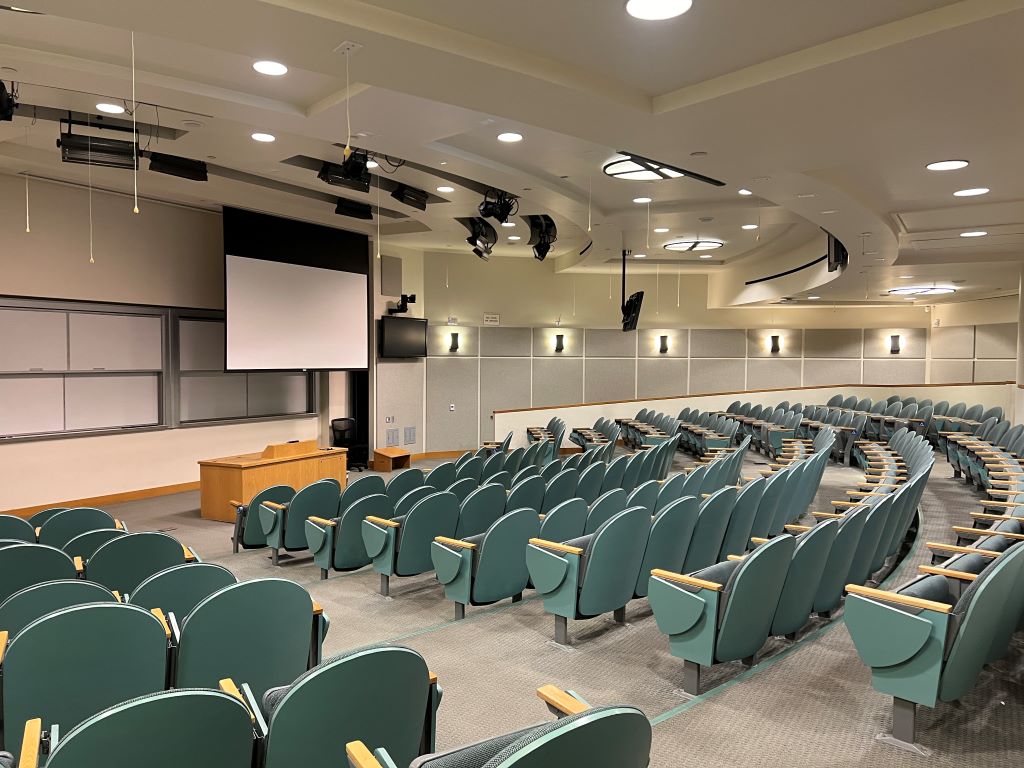
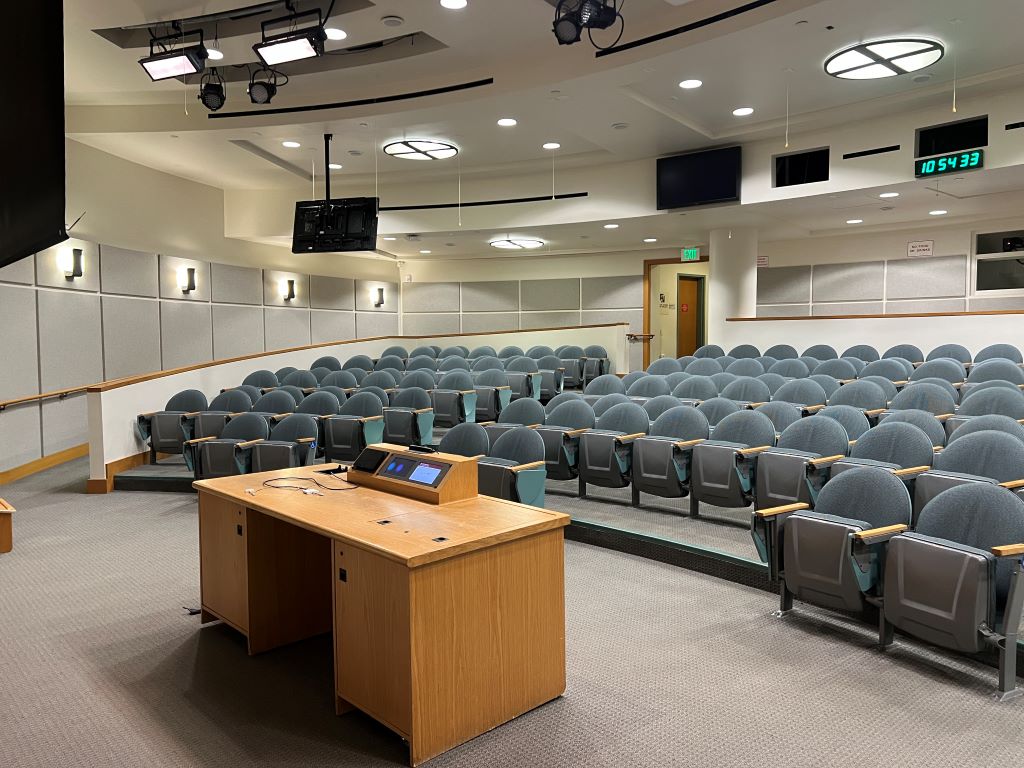
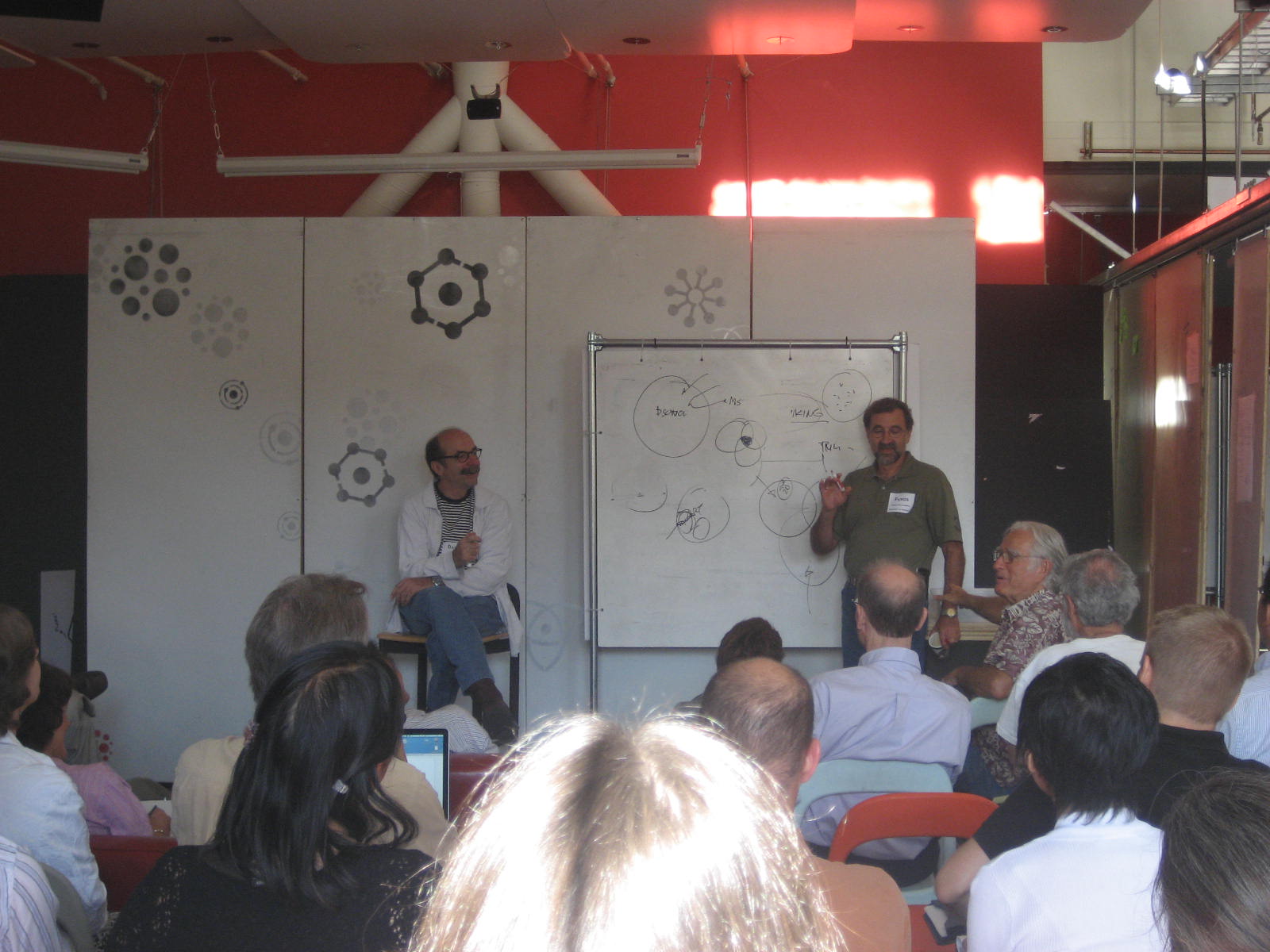


 DESCI 501 Analytical Product Design (submitted by Panos Papalambros, University of Michigan)
DESCI 501 Analytical Product Design (submitted by Panos Papalambros, University of Michigan)